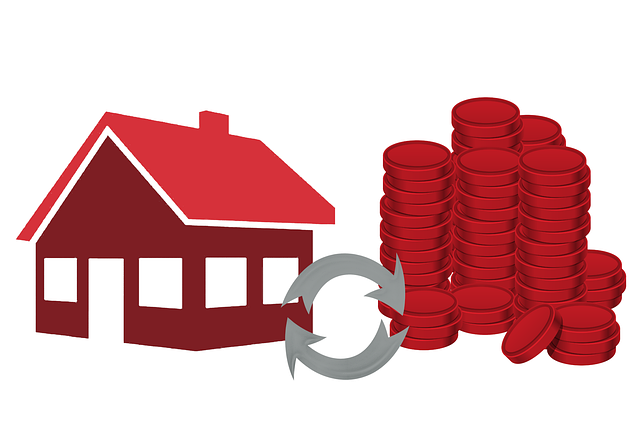In a competitive real estate market, efficient repair coordination and dispute resolution are vital for maintaining property values and tenant satisfaction. This involves facilitating seamless communication and collaboration between tenants, property managers, and contractors using digital tools for task management, progress tracking, and cost-efficiency. Clear guidelines, structured processes, active listening, and prompt exchanges minimize friction, streamline repairs, and strengthen landlord-tenant relationships, ultimately enhancing the overall real estate experience.
In the dynamic realm of real estate, efficient repair coordination and swift dispute resolution are paramount for maintaining property values and tenant satisfaction. This comprehensive guide delves into the intricacies of repair coordination, offering a detailed look at strategies for seamless handling of repairs and disputes in rental properties. From understanding the fundamentals of repair management to implementing best practices for communication, this article equips professionals with essential tools to navigate these challenges effectively.
Understanding Repair Coordination in Real Estate: A Comprehensive Guide

In the dynamic realm of real estate, efficient repair coordination is paramount for maintaining property values and tenant satisfaction. It involves a meticulous process where various stakeholders collaborate to address maintenance issues promptly. This includes facilitating communication between tenants, property managers, and contractors, ensuring repairs are completed efficiently while adhering to budget constraints. A comprehensive guide to repair coordination is essential for navigating the complexities of real estate management.
Understanding the nuances of this process requires a deep dive into key aspects such as identifying repair needs, sourcing reliable contractors, and managing expenses. Real Estate professionals must embrace technology to streamline coordination, leveraging digital tools for efficient communication, task assignment, and progress tracking. By adopting these strategies, they can revolutionize the way repairs are handled, fostering a seamless and positive tenant experience.
Efficient Dispute Resolution: Strategies for Prompt Handling in Rental Properties

In the realm of real estate, prompt and efficient dispute resolution is paramount, especially in rental properties where timely handling of issues can significantly impact tenant satisfaction and retention. When a dispute arises between a landlord and tenant, the key to swift resolution lies in open communication and well-defined processes.
One effective strategy is establishing clear guidelines for disputing tenants from the outset, ensuring they understand the steps involved. This could include providing a detailed dispute resolution policy, outlining timeframes for addressing concerns, and offering multiple avenues for communication. Additionally, training property managers or landlords in active listening skills and conflict de-escalation techniques can greatly facilitate prompt and fair resolutions. By fostering an environment of mutual understanding and respect, these practices contribute to stronger relationships between landlords and tenants, ultimately streamlining the repair process and maintaining a harmonious real estate experience.
Best Practices for Effective Communication During Repairs and Disputes

Effective communication is key to navigating repairs and disputes in the real estate sector. When coordinating repairs, a clear and transparent dialogue between property owners, tenants, and contractors ensures everyone understands the scope of work, timelines, and expected outcomes. Regular updates and open lines of communication can prevent misunderstandings and delays. Similarly, during disputes, prompt and respectful exchanges facilitate resolution. Documenting conversations, sending clear emails, or utilizing dedicated dispute resolution platforms ensures everyone has a record of agreements and decisions made.
Best practices involve active listening, where all parties carefully hear and consider each other’s perspectives. Emphasize empathy and professionalism to foster a collaborative environment. Clarify expectations early on, setting realistic goals and deadlines. Regular communication keeps everyone aligned, reduces friction, and promotes a quicker resolution, ultimately benefiting the property and its occupants.






